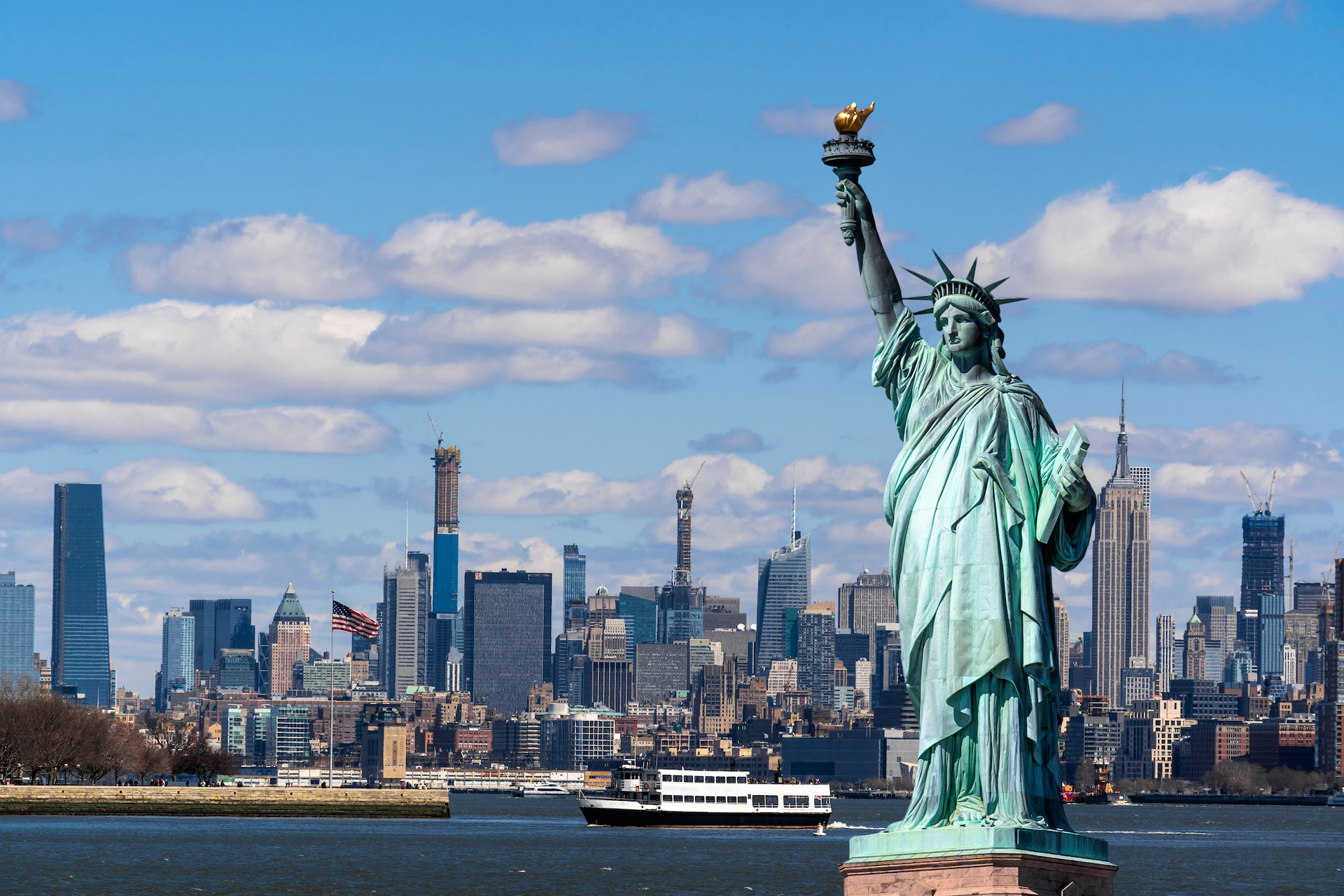
Weed legalization in New York seeks to end chronic racial differences
The road to legalizing marijuana in New York has been bumpy, but after years of stalled attempts, New York became the 17th state to legalize recreational cannabis on March 31, 2021.
As the third largest economy in America, New York will be one of the largest recreational marijuana markets that can open the door to many excluded groups, making the state a powerful player in driving the needle to normalize cannabis use.
Consistent with this, one of the main goals of the state with this new legislation is to end the criminalization of marijuana use, which disproportionately affects minorities and poor communities.
The intent of the New York Social Justice Legislation
According to Crystal D. Peoples-Stokes, the Democratic majority leader in the congregation who sponsored the bill, the legislation is geared towards social justice and corrects the injustice that previous drug laws did to color communities.
This is a historic move considering that racial justice was just an accidental goal of cannabis legalization up until that point. This leads to a longstanding racist enforcement of marijuana laws and the exclusion of colored people from building wealth from cannabis production.
Unlike any other state, New York is determined to put equity reform at the center of marijuana legalization. But to fully appreciate this, we must acknowledge America’s decades of racist drug war against people of color.
The war on drugs at a glance
Since the early decades of the 20th century, the criminalization of marijuana has been a pretext for the criminalization of blacks and browns. Harry Anslinger, America’s very first commissioner for the Federal Bureau of Narcotics, made it his business to use marijuana laws to appeal to Latinos and black jazz musicians.
During his more than three decades run through the Federal Bureau of Narcotics, Anslinger enforced strict drug laws and inappropriately long prison terms that would lead to America’s prison-industrial complex.
Later, in 1970, former President Richard Nixon continued Anslinger’s legacy of using drugs to criminalize non-whites by signing the Controlled Substances Act and officially launching the so-called “war on drugs”.
Nixon’s campaign against racism and bigotry was designed solely to crack down on antiwar activists and wage a systematic war against black Americans fighting for civil rights.
“We knew we couldn’t make it illegal to be against either the war or the blacks, but by getting the public to associate the hippies with marijuana and the blacks with heroin, and then severely criminalize them both , we could disrupt these communities. We could arrest their leaders, raid their homes, break up their gatherings, and slander them on the evening news night after night. Did we know we were lying about the drugs? Of course we did. “
John Ehrlichman, senior advisor to President Richard Nixon
Under the guise of public safety and reducing marijuana use, the war on drugs continues to criminalize millions of black and brown Americans.
What New York is proposing against it
To end the failed marijuana ban policy in New York State and begin the process of building a fair and inclusive legal market for adult cannabis, the new New York law regulates the following:
Only by investing in the communities hardest hit by marijuana criminalization can New York ensure justice in its marijuana mandate. To do this, the New York Bill allocates a portion of the marijuana taxpayers’ money to a municipal reinvestment fund.
While previous attempts to legalize marijuana in New York state were hampered by disagreements over the distribution of tax revenue from sales, Democratic lawmakers eventually prevailed, guaranteeing that 40% of tax revenue from pot sales would be taxed to the Black and Latino Communities arrested in disproportionate numbers on marijuana charges.
Legislators estimate that New York legislation will ultimately generate approximately $ 350 million in annual tax revenue and billions in annual sales. The money will be used to cover government costs for regulating and enforcing the program. The remainder is split between schools, drug treatment and prevention programs, and a fund for investing in professional skills, adult education and other services in target communities.
Business license prioritization
Some opponents of New York marijuana legalization argue that large national corporations will have a monopoly over the cannabis industry, further excluding color communities from entering space.
This is a legitimate concern; According to a 2017 survey by Marijuana Business Daily, approximately 81 percent of cannabis entrepreneurs or founders are white.
To prevent a few players from consolidating the entire market, New York lawmakers must provide an entry point for those who are not white and rich.
To that end, the New York bill limits most retailers to three pharmacies. And it stipulates that at least 50% of retail licenses go to what the state calls “social justice applicants.”
This includes people from communities with high marijuana enforcement rates, as well as companies owned by women and minorities. The new program will also offer minority or minority people low or low interest loans and incubator programs that will give them the financial resources to enter the industry.
connected
How to choose the right community for your cannabis business
Decriminalization process
A consistent goal for the nation’s cannabis laws is color communities. Although cannabis use rates are similar between whites and non-whites, blacks are 3.6 times more likely to be arrested for marijuana than whites.
The New York Bill will automatically delete people convicted of marijuana-related crimes and no longer criminalized. The law is also designed to give people with previous beliefs and those involved in the illegal cannabis market the opportunity to enter the new legal market by applying for licenses.
In addition, New York law enforcement agencies cannot arrest or prosecute anyone for possession less than 3 ounces. Growing your own home in small quantities is legal.
A long road to equality
Legalization and decriminalization are steps in the right direction, but we are far from correcting the mistakes that have plagued this country for so long and harmed the lives of millions of Americans. To move forward, we must hold our state legislatures accountable and scrutinize the systemic racial inequalities that have impacted color communities.
We hope that New York keeps its promises and inspires other states to make their own equity reforms.
Learn more about social justice and social justice in cannabis
Katana Dumont
Katana Dumont is a digital content specialist and freelance writer based out of California. She is an avid supporter of the decriminalization of cannabis and enjoys writing about the social effects of cannabis.
Show item by Katana Dumont
By submitting this form you are subscribed to Leafly news and promotional emails and agree to Leafly’s Terms of Use and Privacy Policy. You can unsubscribe from Leafly email messages at any time.

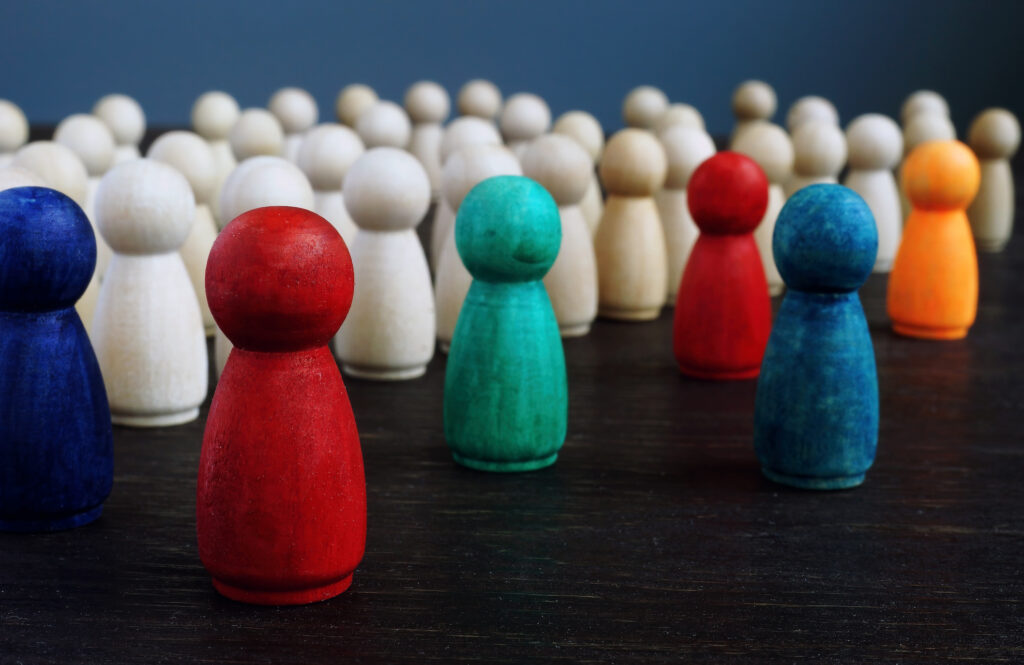
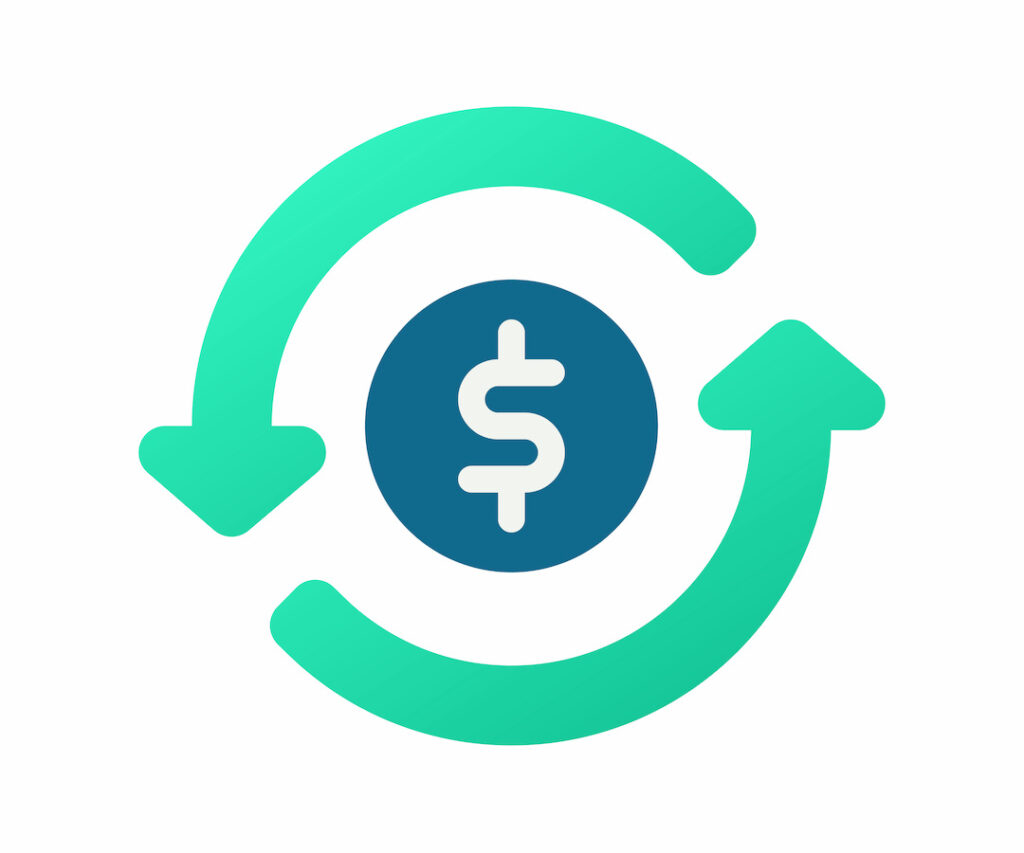
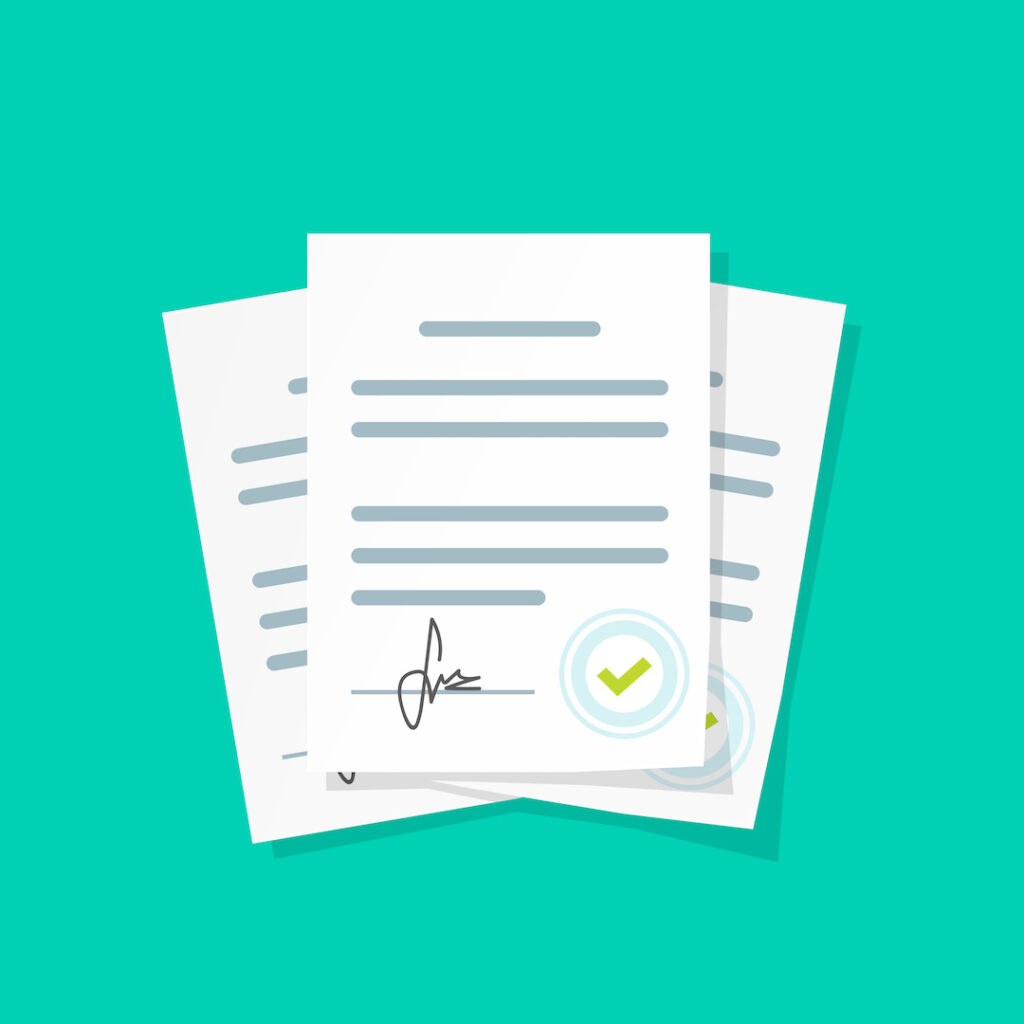
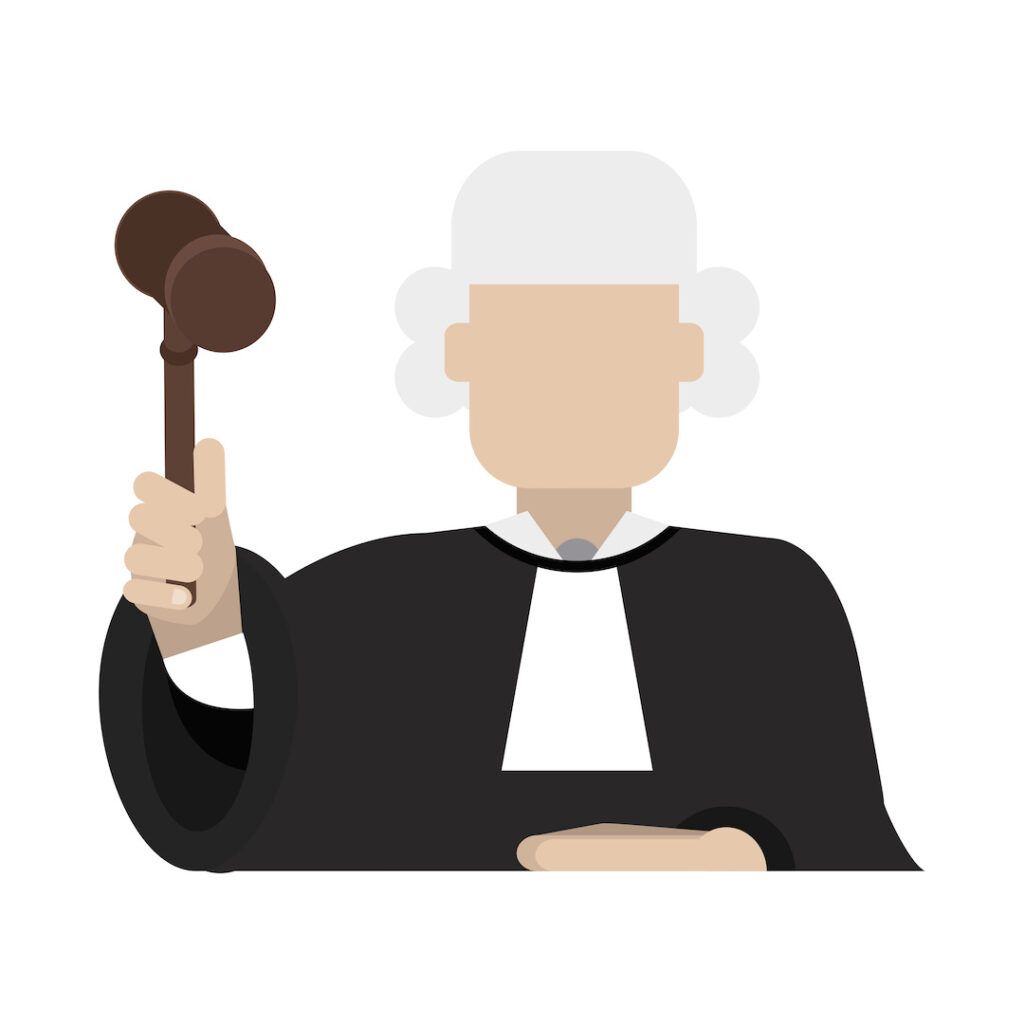
Post a comment: